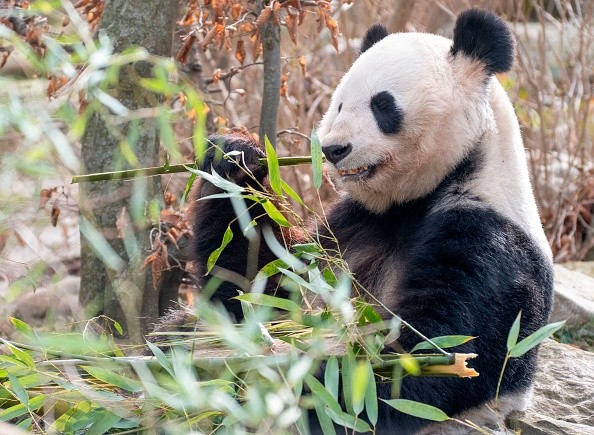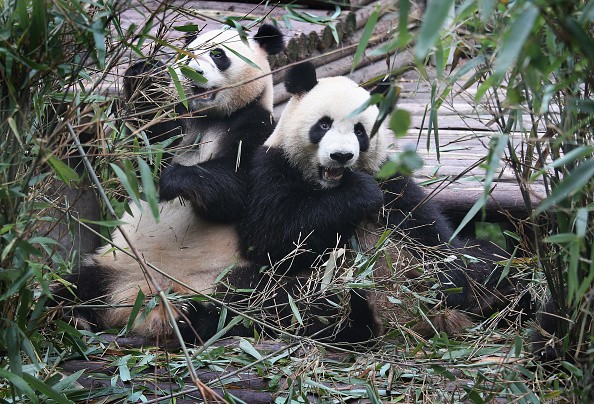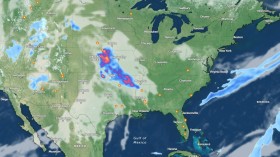Giant panda's daily meal depends mostly on fibrous plants, but somehow, they always manage to remain chubby and healthy.
This is because of the shift in animal's gut microbiota which helps them store fats and gain a lot of weight. The bear usually use its stored nutrient during season when they can find just bamboo leaves to eat.
This study was published on the 18th of January in the journal Cell Reports.

Adaptive Behaviors in Panda
Guangping Huang, an author at the Institute of Zoology, Chinese Academy of Sciences stated: "This is the first time we established a causal relationship between a panda's gut microbiota and its phenotype. We've known these pandas have a different set of gut microbiota during the shoot-eating season for a long time, and it's very obvious that they are chubbier during this time of the year."
However, the giant panda isn't the only animal that experiences this gut microbiome shift. Many other animals experiences this seasonal shift due to changes in the availability of food.
Giant pandas feed on fibrous bamboo for most time of the year but survive solely on the stored nutrients and fats gotten from newly sprouted bamboo shoots that have a high level of protein during late spring and early summer, according to Phys.org.
Also Read: Panda Feces Reveal Indigestion Problems Prevent Them From Breeding
Will Change in Gut Microbiota Influence the Metabolism of Panda?
Studies and research from the Institute of zoology led by Fuwen Wei on the wild pandas living in Qinling Mountains in central China for decades confirmed this adaptive feeding behavior and the presence of a high level of the gut microbiota called Clostridium butyricum.
Additional experiments were carried out to further clarify how the change in gut microbiota influence the metabolism of panda.
The experiment was performed using the panda feces and germ-free mice. The germ-free mice were fed with the bamboo-based diet that stimulate what the pandas eat for 3 weeks after a fecal transplant of panda feces.
The result gotten shows that although these lab rats consumed the same quantity of food, the mice from the fecal transplant during shooting season had added more weight than the mice from the leaf season.

Further Studies on Animals' Gut Microbiota
Further analysis emphasized on the cardiac rhythm gene called Per2, a metabolic product of gut microbiota (clostridium butyricum) that increases storage of protein and lipid synthesis.
The team of researchers has not come to a close finish as more experiments and analysis will still be carried out to find out the shortcoming of this bacteria and how it can affect the health of giant pandas.
"Causal research of host phenotype and gut microbiota in wild animals is just beginning. Identifying what bacteria are beneficial for animals is very important, because one day we may be able to treat some diseases with probiotics," Huang says.
Related Article: After Years of Conservation, China Announces Giant Pandas Are No Longer Endangered Species
For more news, updates about pandas and similar topics don't forget to follow Nature World News!
© 2024 NatureWorldNews.com All rights reserved. Do not reproduce without permission.


![Roundworms with Short Memories 'Stop Forgetting' When Frozen or Given Lithium [Study]](https://1471793142.rsc.cdn77.org/data/thumbs/full/70295/280/157/50/40/roundworms-with-short-memories-stop-forgetting-when-frozen-or-given-lithium-study.jpg)


